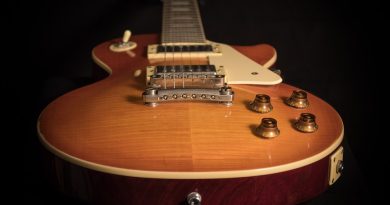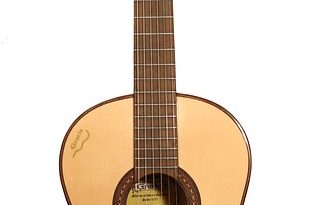Mastering the Mystique of Diminished Chords: A Comprehensive Guide
Mastering the Mystique of Diminished Chords: A Comprehensive Guide
Diminished chords have a certain mystique to them that can be both intriguing and intimidating for guitarists. While they may seem complex and unfamiliar at first, mastering diminished chords can greatly enhance your playing and open up a world of new musical possibilities. In this comprehensive guide, we will delve into the theory behind diminished chords, explore different voicings and fingerings, and provide tips on how to incorporate them into your playing.
Understanding Diminished Chords
Diminished chords are built from a root note, a minor third, and a diminished fifth. In other words, they consist of three notes that are each three semitones apart. For example, a C diminished chord would include the notes C, E♭, and G♭. This unique combination of intervals gives diminished chords their dark and mysterious sound.
One common way to notate a diminished chord is with a small circle (o) above the chord symbol. For example, D° would represent a D diminished chord. It’s important to note that diminished chords are symmetrical, meaning that any note in the chord can function as the root. This versatility allows for interesting harmonic possibilities and creative chord progressions.
Voicings and Fingerings
There are several ways to voice diminished chords on the guitar, each with its own unique sound and character. One common voicing for a diminished triad is to stack the notes in minor thirds. For example, an E diminished chord could be played as follows:
E: 0
B: 1
G: 2
D: 1
This voicing creates a compact shape that is easy to move up and down the neck. Experiment with different fingerings and positions to find the sound that works best for you.
Another popular voicing for diminished chords is the “drop 2” voicing, which involves taking the second highest note in a four-note chord and moving it down an octave. This creates a more open and spread out sound that can be particularly effective in jazz and fusion contexts. For example, a G diminished 7 chord could be voiced as follows:
E: 3
B: 2
G: 3
D: 2
By exploring different voicings and fingerings, you can discover new ways to incorporate diminished chords into your playing and add depth and complexity to your music.
Tips for Mastering Diminished Chords
1. Practice playing diminished chords in different keys and positions on the neck. This will help you become more comfortable with the shapes and fingerings, allowing you to easily incorporate them into your playing.
2. Experiment with different voicings and inversions of diminished chords. By exploring the various possibilities, you can create unique and interesting chord progressions that add color and texture to your music.
3. Use diminished chords as passing chords or substitutions in your progressions. Diminished chords have a strong sense of tension and instability, making them perfect for creating movement and adding interest to your songs.
4. Combine diminished chords with other chord types to create rich and complex harmonies. Try using diminished chords in conjunction with major, minor, and dominant chords to create unexpected and dynamic chord progressions.
5. Listen to how your favorite guitarists use diminished chords in their playing. By studying the work of others, you can gain insight into how to effectively incorporate diminished chords into your own music.
In conclusion, mastering the mystique of diminished chords can greatly enhance your playing and open up a world of new possibilities. By understanding the theory behind diminished chords, exploring different voicings and fingerings, and following these tips, you can confidently incorporate diminished chords into your playing and add depth and complexity to your music.Experiment with different voicings and fingerings, and practice playing in different keys and positions to become more comfortable with diminished chords. By incorporating these versatile and intriguing chords into your playing, you can unlock a whole new world of musical possibilities and enrich your guitar playing experience.






